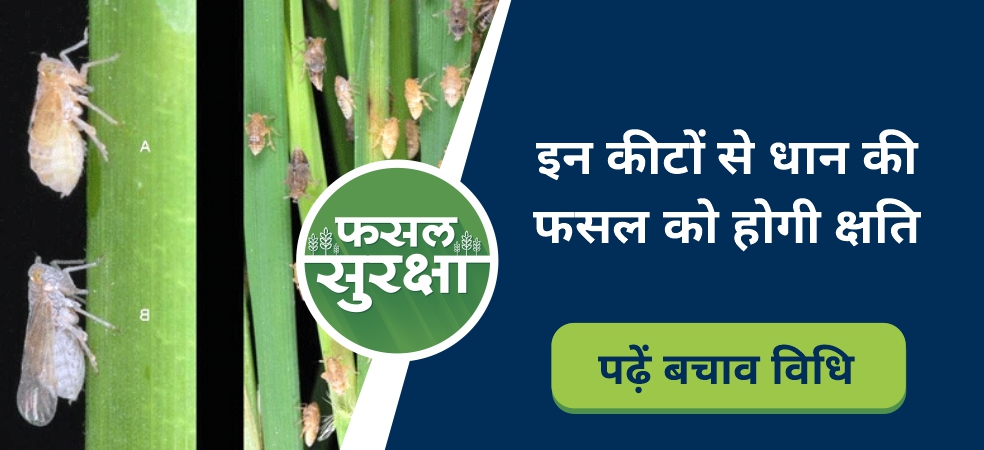Falling of flower buds in cotton leads to a sharp drop in yield. The reason for this is as follows –
Pollination may fail due to various mechanisms, and pollination may fail due to lack of pollinator, or adverse environment.
Many times the plant does not get nutrients in the right amount, due to which flowers and fruits are not able to develop fully and fall.It is very important for the plant to get sulphur , boron, calcium, magnesium etc.
-
Lack of water / moisture :
Due to lack of sufficient water, plants are unable to absorb nutrients from the soil through their roots, Due to which there is a lack of many types of elements necessary for the growth of flowers, and it starts falling.
Flowers start falling due to the attack of various types of insects and microorganisms in plants.
Measures to prevent fruit and flower drop
-
-
Nutrient Spraying: Nutrients should be sprayed from time to time in the plants. Major and minor eg – boron, calcium, magnesium etc.
-
Irrigation: According to the need, irrigation should be done in the crops at a fixed interval so that sufficient amount of moisture is maintained, keep in mind that excessive irrigation can also be harmful.
-
Weeding: Weeding and other intercultural work should be done from time to time in the cotton crop , so that the field remains free from weeds. It is necessary to use well-decomposed manure or vermicompost from time to time.
-
Pest control: Insects and disease cause damage in large quantities in crops, they should be treated from time to time in consultation with agricultural experts.
-
Maintaining the balance of hormones: In a normal crop, more damage is also caused due to hormonal imbalance. So maintain the balance of hormones. ex . Spraying of Nova maxx (GIBBERELLIC ACID 0.001%) @ 300 ml per acre, @ 150 to 200 liter of water .
For the pollination of these crops, it is necessary to have bees or other insects, not to do any kind of spraying or other agricultural work in the field during the presence of these insects. Due to this, the work of pollination is done easily and on time.
For more such important information related to the agriculture sector, keep reading the articles of Gramophone daily. If you liked today’s information, then do not forget to like and share.
Share










